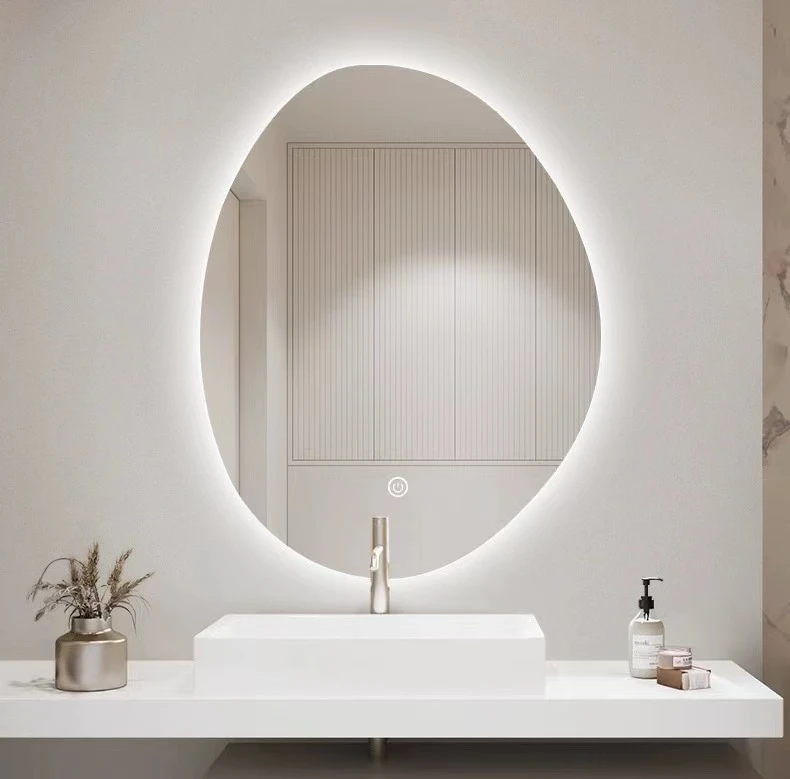

The Benefits of Low-E Plus Glass in Modern Architecture
In the evolving landscape of modern architecture and energy efficiency, Low-E (Low Emissivity) plus glass has emerged as a revolutionary material that significantly changes how buildings manage temperature and energy consumption. With a thin coating that reflects infrared light while allowing visible light to penetrate, Low-E plus glass offers numerous advantages that cater to both environmental sustainability and economic efficiency.
The Benefits of Low-E Plus Glass in Modern Architecture
Moreover, Low-E plus glass enhances natural lighting without compromising energy efficiency. Architects and builders are often tasked with designing spaces that are both aesthetically pleasing and functional. Low-E plus glass allows abundant natural light to flood into spaces, reducing the need for artificial lighting during the day. This not only creates a more inviting atmosphere but also contributes to energy savings, as it diminishes the reliance on electrical lighting during daylight hours.

In addition to energy efficiency, Low-E plus glass also plays a crucial role in UV protection. The glass blocks a significant percentage of harmful ultraviolet rays, which can cause fading in fabrics, furniture, and artwork. This feature is particularly beneficial for residential buildings as it helps to preserve the integrity and appearance of interiors over time. For commercial spaces, this protection can enhance the longevity of merchandise on display, offering a practical advantage for businesses.
Low-E plus glass is also an eco-friendly choice for construction. As sustainability becomes a central focus in architecture, the use of materials that reduce energy consumption and promote environmental responsibility is vital. Low-E glass can significantly lower the overall energy consumption of a building, making it an ideal choice for both new constructions and renovations. Many green building certification programs, such as LEED (Leadership in Energy and Environmental Design), award points for the use of energy-efficient windows, including Low-E glass.
Another important aspect to consider is the versatility of Low-E plus glass in design. Available in various styles and thicknesses, Low-E plus glass can be customized to fit different architectural needs, from residential homes to large commercial structures. Its ability to be integrated seamlessly into diverse design aesthetics makes it a favored option among architects and builders alike.
In conclusion, Low-E plus glass is not only a practical choice for energy efficiency but also a pivotal component of modern sustainable design. Its benefits—including superior thermal insulation, enhanced natural lighting, UV protection, and versatility—make it an essential element in contemporary architecture. As the construction industry continues to prioritize sustainability and energy efficiency, the adoption of Low-E plus glass is likely to grow, paving the way for smarter, more eco-friendly buildings that contribute positively to both the environment and the economy. By choosing Low-E plus glass, architects and homeowners can make a meaningful impact on the future of building and design.